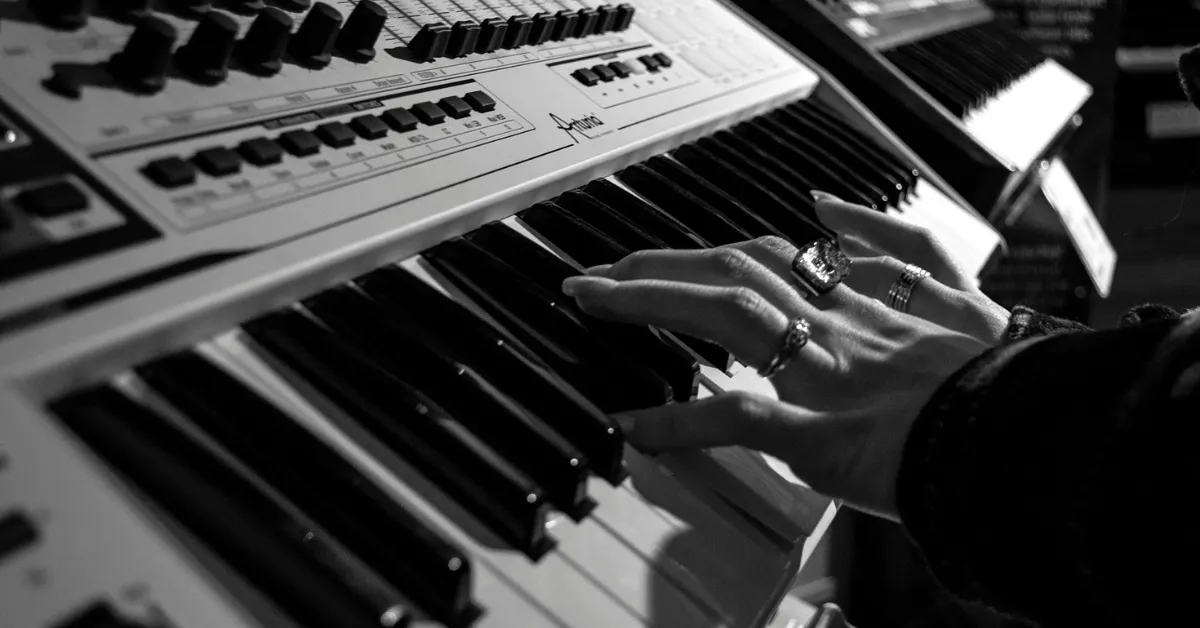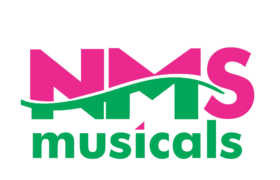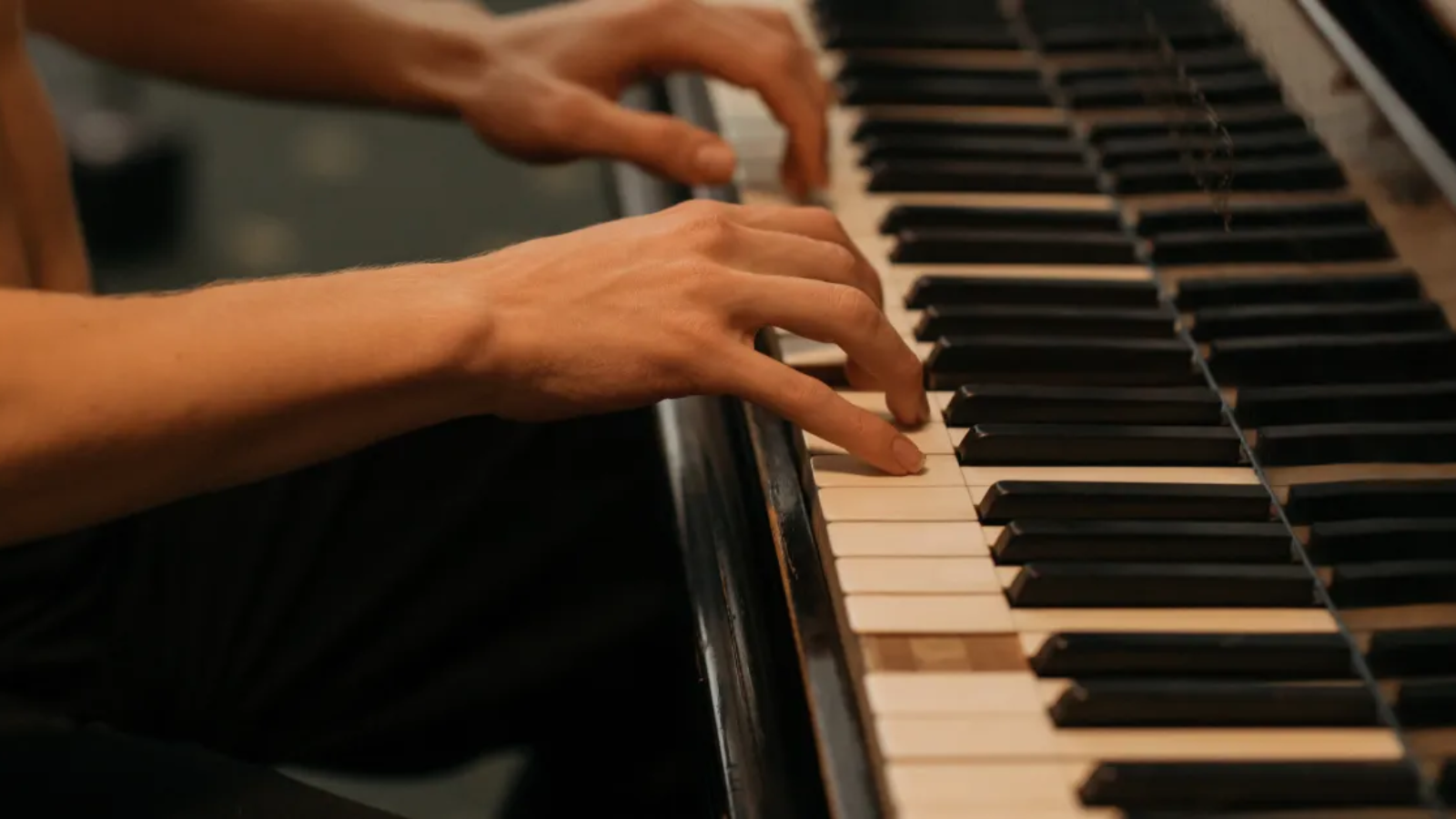Explore the essential features and tips in this complete guide to buying first keyboard

Starting your musical journey with the keyboard is exciting and rewarding. Whether you’re a teen inspired by Bollywood melodies or a parent looking to enroll your child in music classes, the first step begins with the right instrument. A keyboard is versatile, affordable, and ideal for Indian music learners. But with so many models, brands, and features out there, how do you choose the perfect one? This complete guide to buying your first keyboard for beginners will help you understand what to look for, what to avoid, and how to find a model that suits Indian musical styles, practice needs, and budget.
1. Why Choose a Keyboard as Your First Instrument?
- Easy to learn with visual layout of notes.
- Supports multiple Indian styles like Hindustani, Carnatic, and Bollywood.
- Ideal for solo practice and group performances.
- Affordable entry-level models with rich features.
2. Types of Keyboards for Beginners
Understanding the different types can help you make the right decision:
- Portable Keyboards: Lightweight, basic, and affordable. Ideal for learners.
- Arranger Keyboards: Include rhythms, accompaniments, and Indian instrument voices.
- Workstation Keyboards: Advanced features, suited for composing or performing Indian fusion.
- MIDI Controllers: Useful if you’re into digital music production but need external software.
3. Number of Keys: What’s Right for You?
- 49 keys: Good for kids or compact practice setups.
- 61 keys: Standard for most beginners.
- 76–88 keys: Closer to acoustic piano, ideal if you’re serious about classical music. For Indian learners, 61 keys provide enough range to play ragas, bhajans, and Bollywood songs.
4. Touch Sensitivity and Key Action
Touch-sensitive keys respond to how hard you press them.
- Vital for emotional dynamics in Indian music.
- Allows expressive play for devotional songs or cinematic melodies. Weighted keys simulate the feel of an acoustic piano—great for long-term learning.
5. Built-in Tones and Indian Instrument Voices
Many keyboards come with hundreds of tones:
- Look for Indian sounds like tabla, sitar, tanpura, bansuri, veena, mridangam.
- Yamaha and Casio offer Indian-specific tones in select models.
- Supports Indian fusion and solo arrangements.
6. Rhythm Styles and Accompaniment Features
Indian rhythm patterns like bhangra, dandiya, or bhajan taal add depth:
- Helps in solo practice and group performances.
- Enables playing along with traditional beats.
- Kids enjoy the interactive feel during learning.
7. Polyphony and Layering
Polyphony is the number of notes a keyboard can play at once.
- 32-note polyphony is okay for beginners.
- 64 or higher is better for Indian music with sustained harmonies. Layering lets you combine two tones, like bansuri + strings for richer fusion sounds.
8. Connectivity Options
Modern keyboards come with:
- USB to connect with computers.
- MIDI for music production.
- AUX In/Out and headphone jacks for silent practice and performance.
- App connectivity for online learning or Indian music software integration.
9. Built-in Learning Tools
Some keyboards offer onboard tutorials, chord guides, and note displays:
- Great for self-learners or kids.
- Casio LK series with lighted keys is popular in India.
- Yamaha Education Suite supports step-by-step learning.
10. Keyboard Brands Popular in India
- Casio: Beginner-friendly, many models with Indian tones.
- Yamaha: High sound quality, strong Indian rhythm support.
- Roland: Advanced tone quality, suitable for stage and studio.
- Korg: Powerful features, good for fusion and electronic Indian music.
11. Ideal Models for Indian Beginners
- Casio CT-S300: Affordable, 61 keys, Indian tones, portable.
- Yamaha PSR-E373: Excellent tones, touch-sensitive keys, Indian style support.
- Casio CT-X870IN: Designed for Indian music, includes tabla, dholak, harmonium sounds.
- Yamaha PSR-I500: Advanced Indian voices and rhythms, great for serious learners.
12. Keyboard Features for Indian Music Practice
- Transpose function: To match pitch with Indian vocalists or ragas.
- Split function: Play tabla with one hand and melody with the other.
- Registration memory: Save settings for common Indian pieces or stage use.
13. Budget and Price Range
- Entry-level (₹5,000–₹10,000): Good for kids and absolute beginners.
- Mid-range (₹10,000–₹25,000): Ideal for dedicated learners or casual performers.
- Higher-end (₹25,000+): Great for those into performance, composition, or fusion.
14. Keyboard Accessories You’ll Need
- Stand: Adjustable X-stand for comfortable posture.
- Bench: Avoid back strain during long practice.
- Power adapter: Some models don’t include it.
- Keyboard cover: Protects from dust in Indian homes.
- Sustain pedal: Enhances sound dynamics, useful in Indian classical songs.
15. Where to Buy Keyboards in India
- Online platforms: Amazon India, Flipkart, Bajaao.
- Music retailers: NMS Musicals, Furtados, ect.
- Always test in-store if possible to feel the keys and tones.
16. Keyboard Learning Options in India
- Music schools: Offer Hindustani and Western keyboard lessons.
- Online platforms: YouTube, Udemy, and Indian music academies.
- Apps: Flowkey, Simply Piano, and Casio’s Chordana App.
17. Key Features to Avoid as a Beginner
- Don’t overspend on synthesizers unless you’re into music production.
- Avoid models with less than 49 keys or no power supply.
- Skip keyboards without Indian tones if you’re learning regional music.
18. Buying Used vs. New Keyboards
- New keyboards come with warranty and updated tech.
- Used can be budget-friendly but check for:
- Missing keys
- Speaker issues
- Non-responsive buttons
19. Comparing Keyboard vs Piano for Indian Music
- Keyboard is lighter, more versatile, and better suited for Indian tones.
- Piano requires more space and lacks Indian instrument voices.
- For devotional songs, bhajans, and Indian melodies—keyboard is ideal.
20. FAQs About Beginner Keyboards in India
Q: Should I buy a keyboard with Indian tones?
A: Yes. It supports traditional learning and fusion compositions.
Q: Are touch-sensitive keys necessary?
A: Highly recommended. They allow emotional expression in Indian styles.
Q: How long does it take to learn keyboard?
A: With daily practice, you can play simple songs in 2–3 months.
Q: Can I learn without a teacher?
A: Yes. Many apps and online courses cater to Indian learners.
Conclusion
Buying your first keyboard is a joyful decision, but also an important one. With the right choice, you set yourself up for years of musical enjoyment and growth. Especially in India, where music is deeply embedded in culture—from bhajans and classical ragas to Bollywood and fusion—you need a keyboard that blends technology with tradition. This complete guide to buying your first keyboard for beginners will help you evaluate features, budget, and learning tools that align with your goals. Pick a model that fits your hands, ears, and musical heart—and let the melodies begin
At NMS Musicals, we offer a comprehensive range of musical instruments, including percussion, string, wind, and keyboard instruments. Our services encompass sales, expert servicing, and the manufacture of leather instruments. Explore our diverse collection and find the perfect instrument to suit your musical needs.
Visit our website to browse our offerings: nmsmusicals.in
For a closer look at our products, check out our shop page: nmsmusicals.in/shop
Stay connected with us through our social media channels:
- Facebook: https://www.facebook.com/nmsmusicalinstruments/
- Instagram: https://www.instagram.com/nmsmusicals/?hl=en
- YouTube: youtube.com/@nmsmusicals
Our shop locations are:
- Puducherry: 149, Perumal Koil Street, Heritage Town, Puducherry, 605001.
Map Link: https://maps.app.goo.gl/ejDwBBFEJmd3szxk7 - Chennai: No: 1, 1st Floor, Kandigai Street, TVS Nagar, Korattur, Chennai – 600076.
Map Link: https://maps.app.goo.gl/7oXmB6X7KQsqeuuw9
For inquiries, contact/Whatsapp us at 9500663895 or email us at laxman.m89@gmail.com.
Discover the world of musical instruments with NMS Musicals today!
For a visual overview of our percussion instruments, watch the following video:


 Cart is empty
Cart is empty 
Leave A Comment
You must be logged in to post a comment